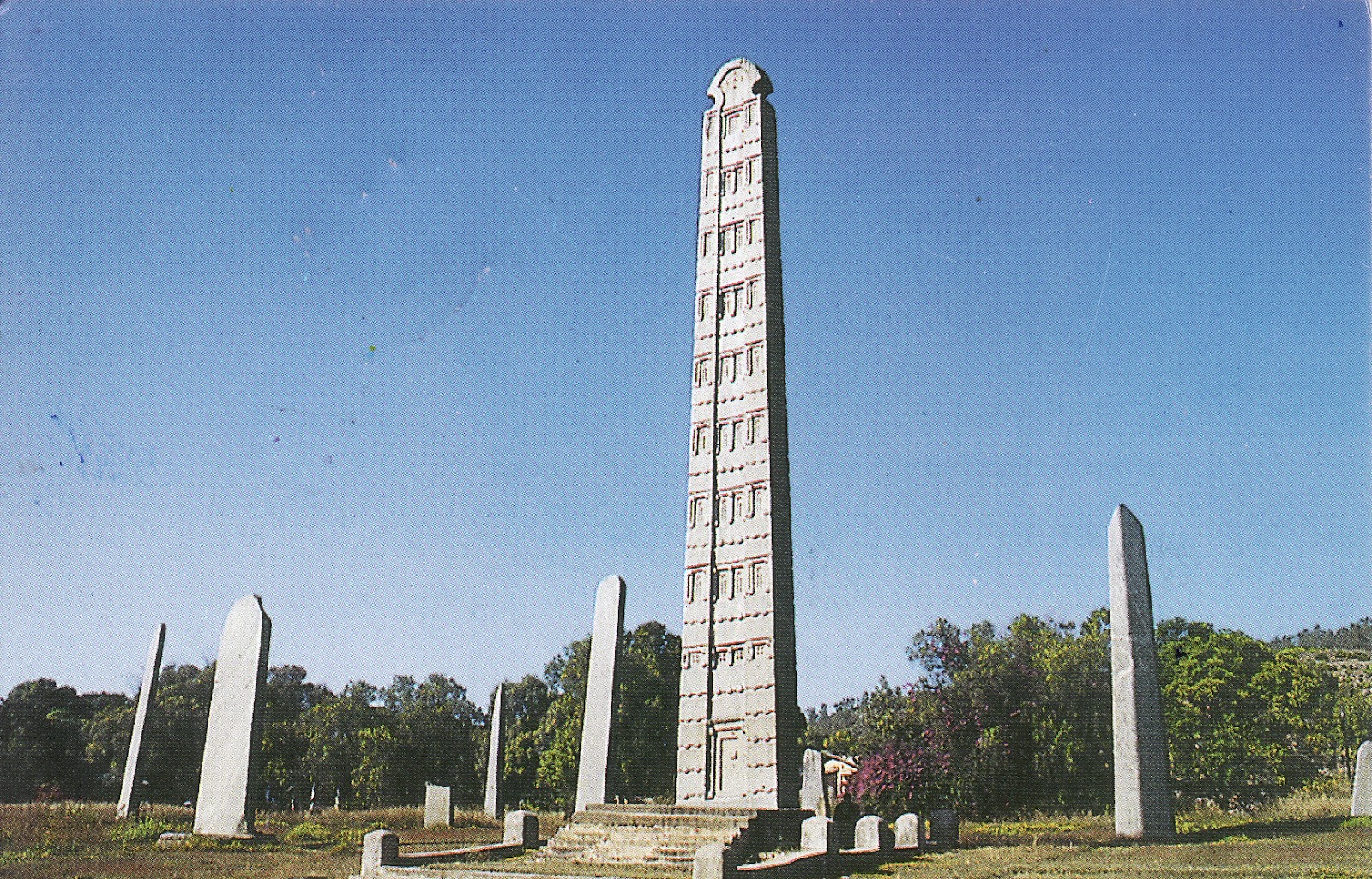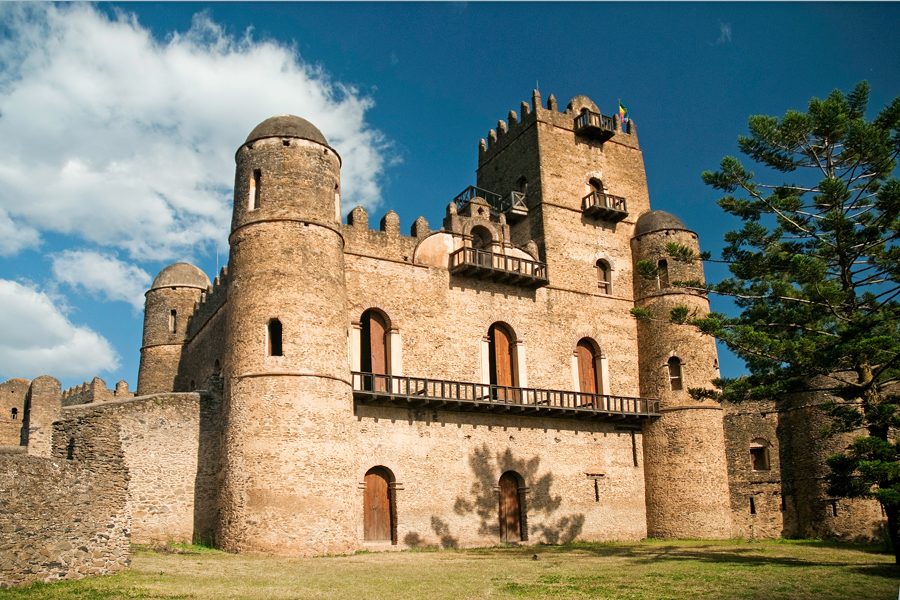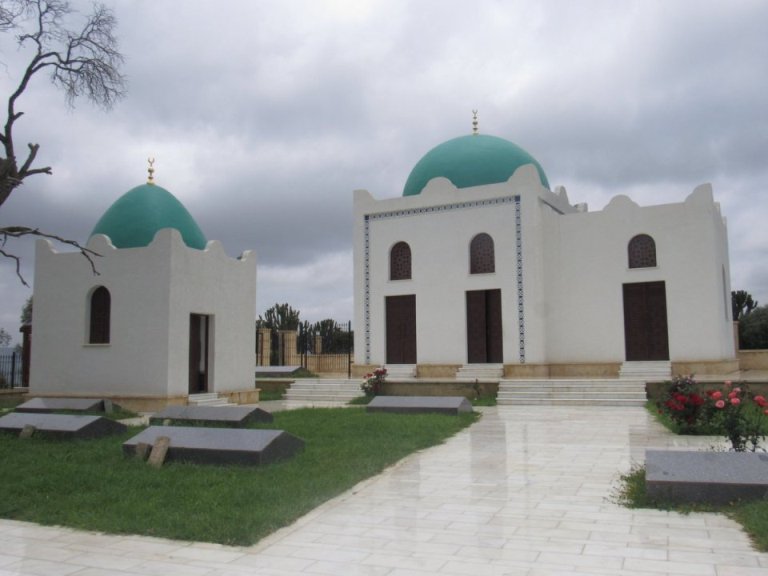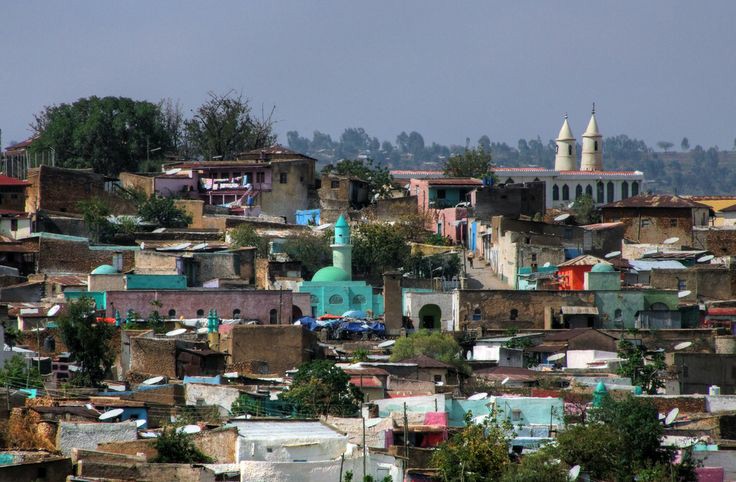Our heritage at a glance
Aksum Obelisk ሓወልቲ ኣኽሱም
The ruins of this ancient city were recognized in 1980 by UNESCO as a World Heritage Site due to its cultural importance. In fact, this city marked as the heart of ancient Ethiopia that also reflects the power of the kingdom at that time. There are several ruins in the ancient city that include royal tombs, ancient castle ruins, monolithic obelisks, and giant stelae.


Fasil Ghebbi ፋሲል ግቢ
This property included in the list of UNESCO World tangible Heritage Sites in Ethiopia consists of eight component sites. The main site is the Fasil Ghebbi palace compound. Meanwhile, the other seven sites are located within the city of Gondar. These sites include a monastery, church, thermal area, bath, and a palace.
Al-Nejashi mosque
Located in the town of Wukro, 790 kilometers (over 490 miles) north of Ethiopia's capital Addis Ababa, Al-Nejashi is said to be the first mosque in Africa. It is named after Nejashi, who hosted companions of the Prophet who escaped persecution in Mecca.


Harar Jugol,The walled City ሐረር.
The Harar Jugol Wall is believed to have been built between the 13th and 16th centuries. The Harar Jugol Wall originally had five historic gates providing five entries into five different districts of the city. The wall was built as a defense in medieval times, an imposing 5m high and 3.5km long.It is also believed that harar was the 4th holy city of Islam in the late 18 century